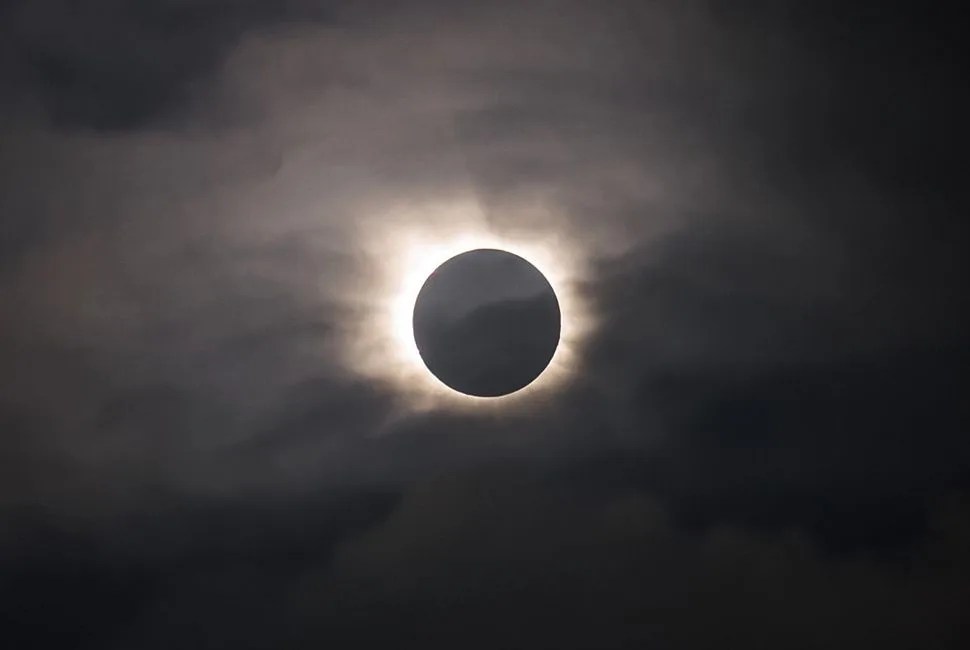Mark your calendar: August 21, 2017. Crowds from coast to coast will scramble into position. News crews will fall over themselves. Music videos will be filmed on location, memes will be born, and while some hearts will swell, others will undoubtedly be broken.
But you — reading this, now — you’ll be prepared when the eclipse rolls into town. On that future Monday, a total solar eclipse will rip straight across the United States, from Oregon, all the way to Charleston, South Carolina. For two minutes and change, the moon will completely blot out the sun, causing the sky to darken, stars to emerge, and the sun’s shimmery, iridescent coronal atmosphere to flare to life before your eyes. It’ll be a spectacular light show — and the first visible from the contiguous United States since 1979. Think the recent SuperBloodMoon lunar eclipse was cool? This will make your gyroscope wobble.
“Total solar eclipses are simply the most amazing natural sight that you can see,” says Michael Zeiler, a writer, illustrator and cartographer who’s logged seven eclipses and is the publisher, with his wife Polly, of the leading website for the 2017 event, greatamericaneclipse.com (a great additional resource is nationaleclipse.com). “The corona is the sun’s constantly changing atmosphere and is filled with streamers, loops, fans and explosive prominences. During totality, the entire sky is a dynamic light show with qualities of light you’ve never seen before.”
If you’re not convinced, just think of the buzz solar eclipses achieve when they occur elsewhere on the globe — amateur astro-geeks and hardcore eclipse-chasers travel to remote parts of the world to see them, locals snatch up protective eclipse shades like they’re candy, and each one makes news globally. I’ve seen two myself, one in Australia in 2012 and the other in the Faroe Islands this past March, and each experience was an adventure capped by a sublime, moving bit of celestial showmanship. So plan to take your friends and family. Or go solo. Or bring a date. Find a crowd, or enjoy it in solitude. There will be 2,500 miles of opportunity as the Moon’s circular shadow glides from sea to shining sea in just 90 minutes.
Eclipse Chasing 101
So You’re Gonna Give This Celestial Spectacle a Chance?

